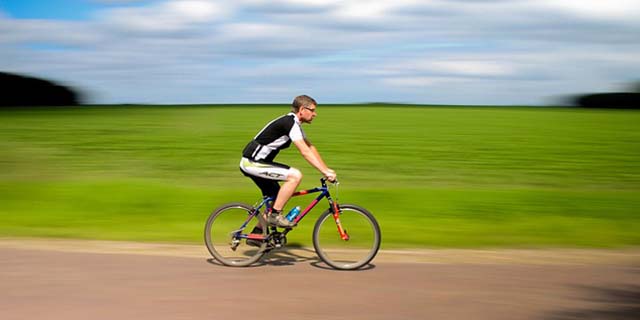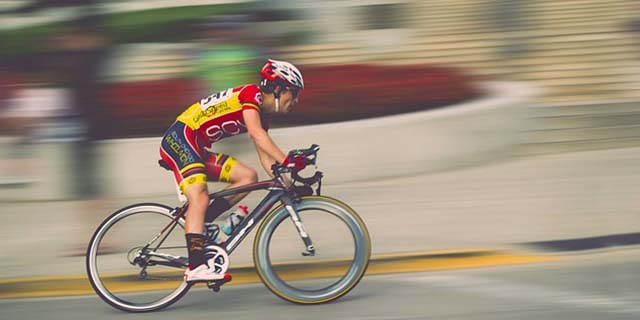
What is Carb Cycling Diet Plan?
Carb cycling is a dietary strategy that involves alternating between high-carb and low-carb days to optimize fat loss while preserving muscle mass. Typically, individuals following this plan consume more carbohydrates on days when they engage in intense workouts, providing the necessary energy for performance and recovery. Conversely, on rest days or lighter workout days, carbohydrate intake is significantly reduced to encourage the body to burn stored fat for fuel. This approach aims to balance the benefits of carbohydrate consumption—such as improved athletic performance and muscle recovery—with the advantages of lower carb intake, which can enhance fat oxidation and metabolic flexibility. **Brief Answer:** Carb cycling is a diet plan that alternates between high-carb and low-carb days to maximize fat loss and maintain muscle mass, aligning carbohydrate intake with workout intensity.
What is Carb Cycling Diet Plan?
Carb cycling is a dietary strategy that involves alternating between high-carb and low-carb days to optimize fat loss while preserving muscle mass. Typically, individuals following this plan consume more carbohydrates on days when they engage in intense workouts, providing the necessary energy for performance and recovery. Conversely, on rest days or lighter workout days, carbohydrate intake is significantly reduced to encourage the body to burn stored fat for fuel. This approach aims to balance the benefits of carbohydrate consumption—such as improved athletic performance and muscle recovery—with the advantages of lower carb intake, which can enhance fat oxidation and metabolic flexibility. **Brief Answer:** Carb cycling is a diet plan that alternates between high-carb and low-carb days to maximize fat loss and maintain muscle mass, aligning carbohydrate intake with workout intensity.


Technique of Carb Cycling Diet Plan?
Carb cycling is a dietary strategy that involves alternating between high-carb and low-carb days to optimize fat loss while preserving muscle mass. The technique typically includes several days of low carbohydrate intake, followed by a day or two of higher carbohydrate consumption. This approach aims to manipulate insulin levels and enhance metabolic flexibility, allowing the body to utilize fat as a primary energy source on low-carb days while replenishing glycogen stores on high-carb days. By strategically timing carbohydrate intake around workouts, individuals can maximize performance and recovery. Carb cycling can be particularly beneficial for athletes and those looking to fine-tune their body composition. **Brief Answer:** Carb cycling alternates high-carb and low-carb days to promote fat loss and muscle preservation, optimizing insulin levels and metabolic flexibility while enhancing workout performance.
Training related to Carb Cycling Diet Plan?
Training related to a carb cycling diet plan involves strategically adjusting carbohydrate intake to optimize performance, fat loss, and muscle gain. This approach typically includes high-carb days aligned with intense workout sessions to fuel energy and enhance recovery, while low-carb days coincide with rest or lighter training days to promote fat burning. Effective training under this diet requires careful planning of workouts to match the carbohydrate intake, ensuring that athletes have sufficient glycogen stores for peak performance during high-intensity exercises. Additionally, monitoring individual responses to the diet and training regimen is crucial for maximizing results and maintaining overall health. **Brief Answer:** Training with a carb cycling diet plan focuses on aligning carbohydrate intake with workout intensity, using high-carb days for intense training and low-carb days for recovery, to optimize performance and fat loss.

Advertising space for rent

FAQ
-
What is cycling?Cycling is a physical activity and sport that involves riding a bicycle for exercise, recreation, or competition.
-
What are the health benefits of cycling?Cycling improves cardiovascular fitness, strengthens muscles, enhances flexibility, and aids in weight management.
-
What types of bicycles are there?Common types include road bikes, mountain bikes, hybrid bikes, and electric bikes, each designed for different riding environments.
-
How do I choose the right bicycle?Consider factors like your riding style, terrain, comfort, and budget. Road bikes are good for paved roads, while mountain bikes are designed for rough terrain.
-
What should I wear when cycling?Wear comfortable, moisture-wicking clothing, a helmet, cycling gloves, and padded shorts for comfort and protection.
-
How do I stay safe while cycling?Always wear a helmet, follow traffic rules, use lights and reflectors at night, and ensure your bike is well-maintained.
-
What is the best way to train for cycling?Training involves building endurance with long rides, improving strength through intervals, and working on technique with drills.
-
How does cycling compare to running for fitness?Both activities improve cardiovascular health, but cycling is lower impact on the joints, making it easier on the knees and hips.
-
What should I eat before and after cycling?Before cycling, consume a light meal rich in carbohydrates. After cycling, eat a mix of carbohydrates and protein to aid recovery.
-
What are cycling events and races?Events range from local charity rides to professional races like the Tour de France, which is one of the most famous cycling competitions in the world.
-
How do I improve my cycling performance?To improve, focus on building endurance, increasing speed with interval training, and ensuring proper bike fit and technique.
-
What is a bike fit?A bike fit involves adjusting your bicycle to suit your body measurements, helping to improve comfort, prevent injuries, and enhance performance.
-
How can I maintain my bicycle?Regular maintenance includes checking tire pressure, lubricating the chain, cleaning the bike, and ensuring brakes and gears are functioning correctly.
-
What is the difference between road bikes and mountain bikes?Road bikes are lightweight and optimized for smooth, paved roads, while mountain bikes are designed for rugged terrain with suspension systems and wider tires.
-
How do I protect the environment while cycling?Cycling is an eco-friendly mode of transportation that reduces carbon emissions. Ensure to maintain your bike, avoid littering, and choose eco-friendly products.
